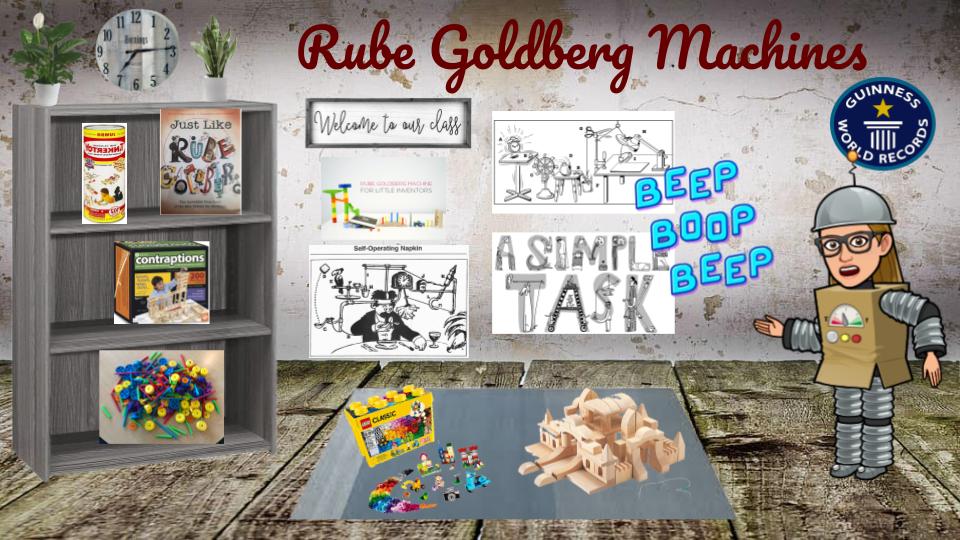Twitter, as Sheninger (2019) explained, “is a microblogging platform that allows users to send free messages called tweets in 280 characters or less [and] can be text, imagines, links, videos, or even a combination of these, making it a dynamic communications tool” (p. 6). As I was introduced to Twitter, it was a strictly social application for me as a way to express thoughts and then it became so much more. It is cost efficient as Sheninger (2019) expressed that “instead of spending money on expensive information delivery systems, digital leaders can use Twitter for free” (p. 6). The information disseminated can be anything and everything. The details of what can be sent out is a wide range of things like “routine reminders of school functions — concerts, art shows, athletic contests and scores, scholastic competitions, and back-to-school night” (Sheninger, 2019, p. 6). This means allows for all stakeholders to receive the “information through a variety of mobile devices where traditional means of communication fall short” (Sheninger, 2019, p. 6). Traditional ways include fliers or newsletters. For sporting events or scholastic competitions where the information is time sensitive, traditional means would not work as those results want to be known quickly. School leaders have to be aware of the popularity of social media and use it to their advantage “to not only get the information quickly and easily to stakeholders, but also to redirect them to other sources of information that provide more depth” (Sheninger, 2019, p. 6). As a teacher, Twitter changed for me. Sheninger (2019) made an excellent point when he explained that “teachers are the backbones of our schools and unfortunately, their innovative work is not shared and celebrated as much as it should be [and] Twitter allows school leaders to create more of a transparent culture by tweeting out lessons, ideas, and innovative learning activities that are observed during classroom observations” (p. 7) It turned into a useful tool to post innovative practices and lessons, pictures of students doing projects and making the connections. This is a quick and easy way for parents and the community to have a visual to see the happenings of the class and school. Twitter also provides those same pictures and lessons and tools to assist others in providing those same lessons to their students. Another teacher can post a great project and other teachers can use those ideas in their classes with their students. This is a great way to promote student achievement and evidence of student engagement.
In the wake of the storm season in Florida and other events, there are many instances where it is needed to get emergency information quickly to parents, staff, and students. If there is a power outage many community members may not get the information needed but during that time cell phone companies will enact their hotspot or WIFI capabilities. This will allow Twitter to still be used as “information was still pushed out and accessible” (p. 8). At my school, our principal has a Twitter account and they use it to relay information, share news, pictures, and other media for parents and the community to be aware of happenings at the school. I turn on the notifications for their account and It allows me to view the information and share it or “retweet” the informative for my followers and they can do the same. Twitter is simple to create. Sheninger (2019) explains to “go to twitter.com to create a free account, develop a username that reflects the use of the tool for school communications, include the biographical information, link to the school website, and a picture of the school, include a background wit pictures of the mascot or school, and lastly notify stakeholders of the Twitter account” (p. 8).
The integration of technology has changed the dynamics of school and community relations. It has bridged the gap that was wide. Many students are feeling more involved as well as their parents as they are well aware of what is going on and are able to be in contact with teachers and administrators quickly without any delay. Technology, I would say, has really changed the course of education for the better. I say that while typing on an iPad connecting with professors and classmates through CANVAS while never seeing them in person.
References
Sheninger, E. (2019). Digital Leadership: Changing Paradigms for Changing Times (Revised). Corwin Press. ISBN: 9781544350837
